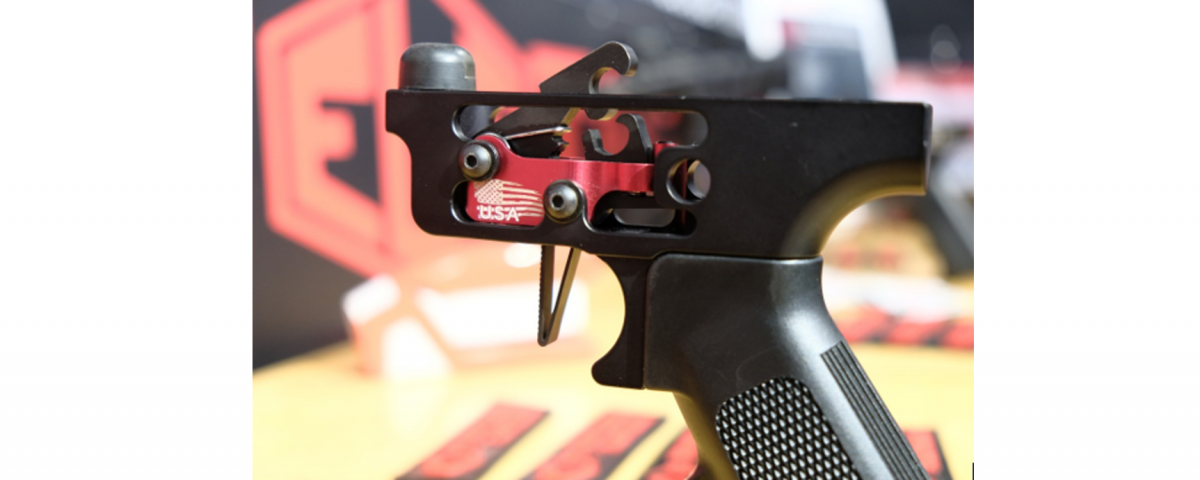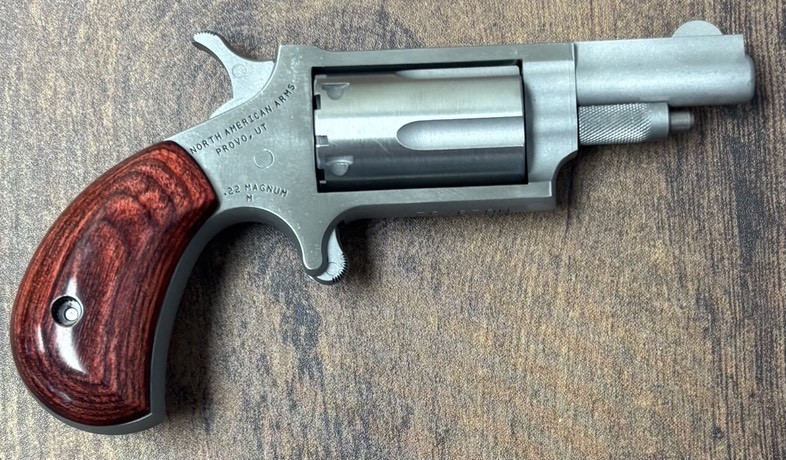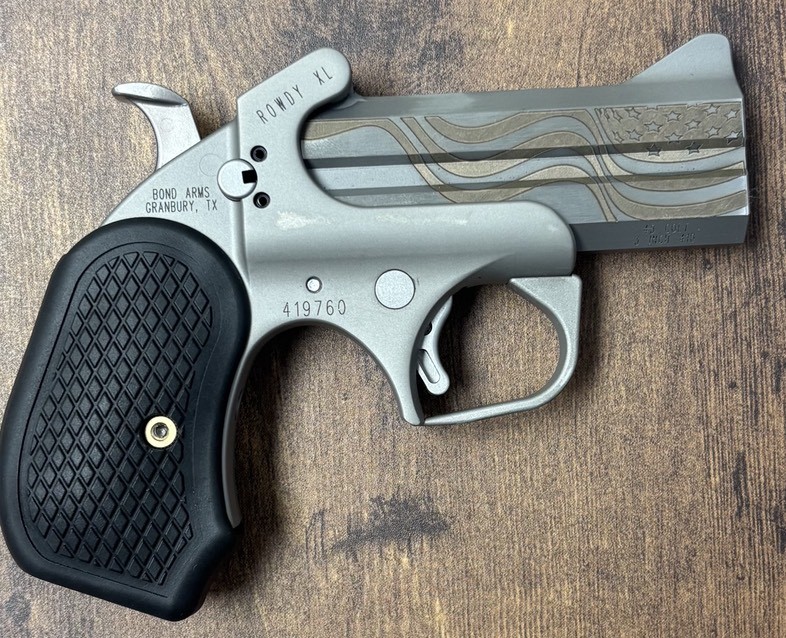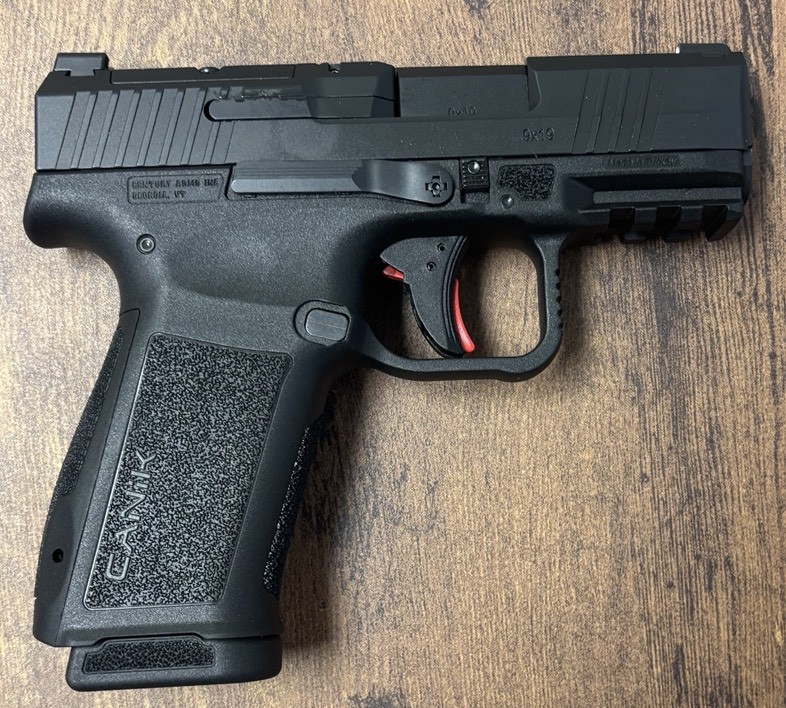Choosing the Best Trigger Trigger Types Explained
Choosing the Best Trigger: Trigger Types Explained
By Ed AKA “The Real Most Interesting Man in The World” LaPorta Published on January 17, 2024 in Firearm History
Link to the complete article: https://blog.cheaperthandirt.com/choosing-the-best-trigger-trigger-types-explained/?xnpe_tifc=bDnl4kQLbDHDhfYXxInJxypsafeWaeiWhFW_bu4XRdEsauE1VdP.hdpvbue3tu8sEyXXxfh.x.Vj4IUNOIo8xdb7&utm_source=bloomreach&utm_campaign=Chronicle%20012024&utm_medium=email
The omnipresent trigger on modern firearms is the key interface the operator has with his or her firearm, but most don’t really understand its importance. To properly address the trigger, let’s take a stroll down firearms memory lane and look at how triggers came to be — before we examine the all important interface.
We do know that in 1364, the metal hand cannon was developed, made, and adopted in Perugia, Italy. Those crazy, creative Italians are responsible for inventing so much cool stuff, aren’t they? Ferrari’s, Gina Lollobrigida, Sofia Loren… but I digress. I’m sure that the invention of the hand cannon must have went something like this: After a hard day of blowing stuff up and destroying castle walls with field cannons, Pasquale and his hommies are at the local bistro hammerin’ down some shooters… I know, but it’s a sickness that I have…
Anyway, Pasqua says, in Italian of course, but not to worry, I will translate… “Oh! man that was, like, so cool! Blowin’ stuff up today! But you know what would be really cool, like! If everybody had, like, their own cannon that was small enough that they could, like, carry it around and there would be, like, a thousand guys with 1,000, small cannons pointed anyplace they want instead of, like, 50 guys with only one cannon. Man that would be, like, sooo cool!” If you can’t tell he’s, like, a Valley guy.
Someone must have been listening, because as mentioned, the ‘hand gonne’ is credited as having been made in Perugia, Italy in 1364. Initially, however, it was not a great influence on the battlefield. It was a small man portable cannon with a touchhole (breach) for ignition. It was heavy, unwieldy, unsteady, and required that the user prop it on a stand. The user had to brace it with one hand against his chest, while trying to manipulate a lit rope (a slow match) with the tips of his fingers towards a touchhole on the barrel. Needless to say, the technique was extremely cumbersome, prone to inaccuracy, and not very efficient.
The first recorded use of a Hand Cannon in Europe is when it appeared on the field of battle during the reign of Edward III, where it only had an effective range of about 30 yards. It was a start, but clearly, something better was needed.
Trigger Time
As far as firing mechanisms go, the idea of using a trigger to activate a weapon was not a new invention, as they had been used in crossbows for centuries. It was only logical that the idea of the trigger should be adopted for firearms as well, and so the “Matchlock” was born. The Mahlock generally conforms to what a modern sporting rifle looks like.
Matchlocks have a wooded handle or stock that can be braced against the shoulder, aimed (really pointed) in the direction of the target, with a trigger protected by a guard. When the trigger was actuated, it moved the slow match that was held in a curved lever called a Serpentine or Cock to the touch hole to ignite the charge and fire the weapon. And so, the trigger was born as the principal actuator of a firearm.
It was so successful that matchlock technology stayed alive for a very long time. As a matter of fact, well into the 19th century, matchlock weapons were still being used in India, China, and Japan. There were even some records of rebels using matchlocks in East Timor well into the 20th century.
There were other improvements to the lock mechanisms, but in all of them, the trigger was only a release initiating the first action to occur. The next big leap in technology was the Flintlock. In the Flintlock, the pan holding the initial charge of powder is covered with a steel plate (a.k.a, the “frizzen”). When the trigger is pulled, it releases the hammer that falls under spring pressure to strike the frizzen. This action creates the sparks that initiate the firing sequence. So, the Flintlock’s trigger still functioned only as a release for the cock or hammer holding the flint.
Double Action
In 1835, Colonel Samuel Colt introduced the Paterson No. 1 Revolver with 5 chambers that rotated when the hammer was cocked to provide 5 shots on demand. As revolutionary as his invention was, the trigger was still single action and only released the hammer. However, things were about to change.
During the 1850s, another mechanism called the “Double Action” was invented. The inventor was Robert Adams, and he invented a revolver where pulling the trigger cocked the hammer, rotated the cylinder, and then released the hammer — all with a single (all be it longer) trigger pull. This means, it also has a harder trigger pull than a single-action revolver, much like the Colt and Smith & Wesson products of that period. On the other hand, the rate of fire was much higher than a single-action revolver, because the user doesn’t need to cock the hammer separately before pulling the trigger. The Adams revolver was a percussion cap firing mechanism, and the cylinder had 5 chambers in it.
What we just learned is that a single-action trigger is inherently lighter, requiring less force and movement to operate than a double-action trigger. This happens because the double action has a longer distance to move, more weight, and more resistance to overcome. And so, the appearance of the new, improved models of double action that could be operated in both single- or double-action mode was such a huge success that Samuel Colt had to shut down his factory in England. With that development, it came to be that mechanisms operating in both single- and double-action mode are called DA revolvers (DA standing for “double action”).
Trigger Pull
The term that defines the amount of force that is needed to cause the trigger to release in a firearm is referred to as “trigger pull.” If a firearm has a very light trigger pull (a.k.a. a hair trigger), it takes very little force to activate the trigger. Hair triggers are found on single actions because all the resistance to stage the firearm for firing has been accomplished by the shooter’s strength when “cocking” the mechanism.
The shooter either rotated the cylinder of a revolver by cocking the hammer or cycled the slide on a single-action pistol. On a bolt-action rifle, the bolt is cycled. On a lever-action, the lever is operated. The trigger pull weight on a single action can be as light as 2 ounces. Be advised, a trigger that is light also has a greater chance of accidentally discharging, for all the same reasons.
On the other hand, if a firearm has a heavy trigger pull, the user will not be able to shoot as rapidly or as accurately. This happens because the force required to pull the trigger will usually cause the user to shake, making the firearm move a bit more and be more difficult to hold on target. Most single-action triggers are normally set from 4 to 7 pounds.
Single- and Double-Stage Triggers
When we talk about rifle triggers, the first two that come to mind are the Single- and Double-Stage (2-stage) triggers. There is also the lesser used Set Trigger, in both single- and double-set, which we will cover later. The differences between the first two trigger types are minor but can make a significant impact on your performance.
It’s important to remember these differences, because as stated earlier, the trigger is the primary interface that connects you to your gun. Pressing the trigger is the last human action before the mechanics of your weapon take over. That said, both types of triggers work well in multiple applications, and it’s up to the individual shooter to choose which one works best for them. They’re both capable of accuracy and speed.
Timney Triggers provide you with a smooth, consistent and predictable trigger break. This trigger is set up with a 2-stage type trigger pull with a short 2lb first stage and a 2lb second stage.
Users of both types must familiarize themselves with the feel of the triggers before they can use them confidently. I use all three types of triggers and find they each excel at different shooting tasks. Whichever type of trigger you choose, so long as you are safe, accurate, and enjoy your time behind your rifle, you have selected the correct one. Keep in mind that the placement and design of the single-stage and double-stage triggers are not discernible to the eye. They’re located within the trigger guard, and their appearances are similar.
Single-Stage Triggers
Let’s start by looking at the single-stage trigger first. Today, most bolt-action sporting rifles come standard with a single-stage trigger. A single-stage trigger is designed to release the sear and fire the gun as soon as the trigger finger exerts enough pressure to release the sear. Single-stage triggers do not have a change in weight throughout the pull. Ideally, there is no slack, creep, take-up, or over travel with a single-stage trigger. This means that the once the sear is released, the trigger will not travel any further. Single-stage triggers are a bit more complex, but they can be adjusted to an individual shooter’s preference.
Double-Stage Triggers
Most shooters are familiar with double- or 2-stage triggers, because they have been traditionally encountered on mil





